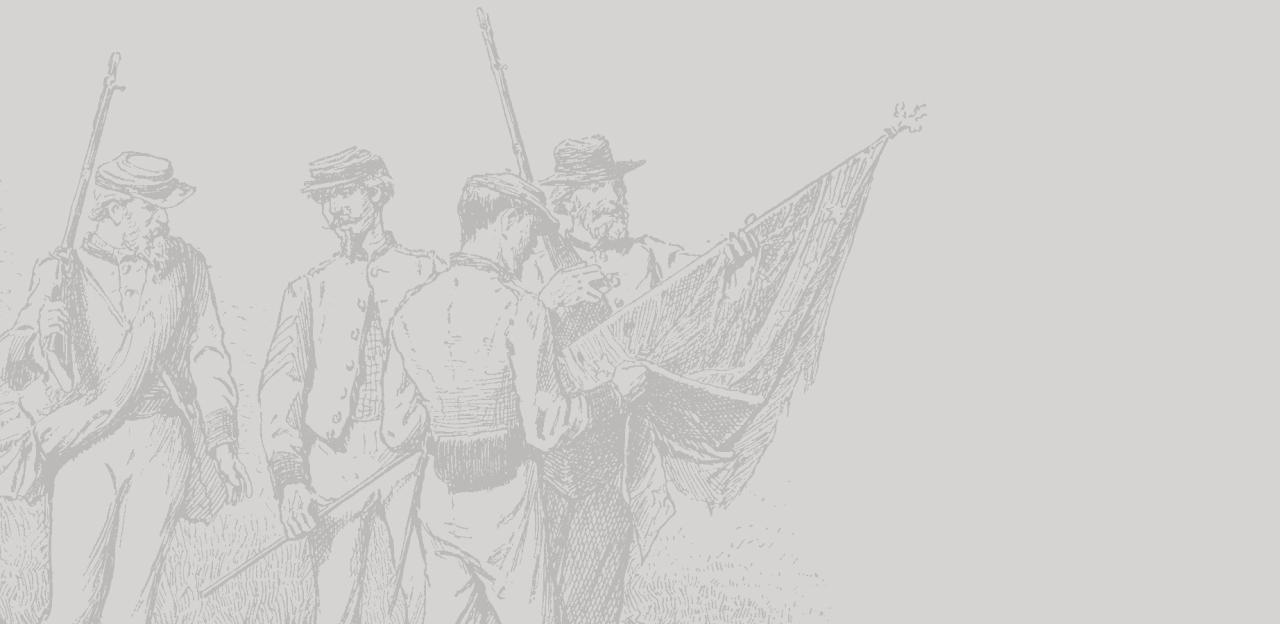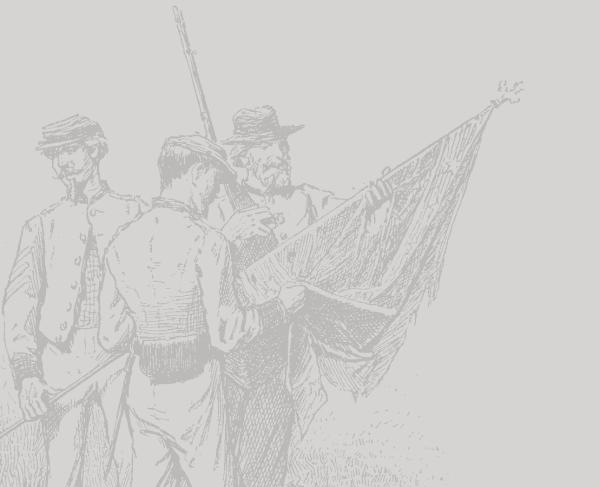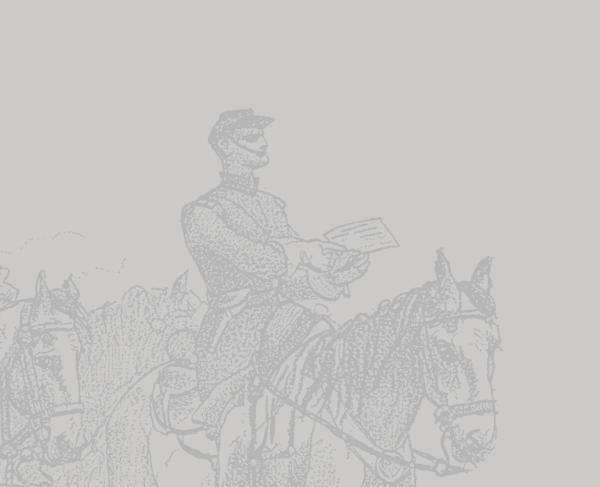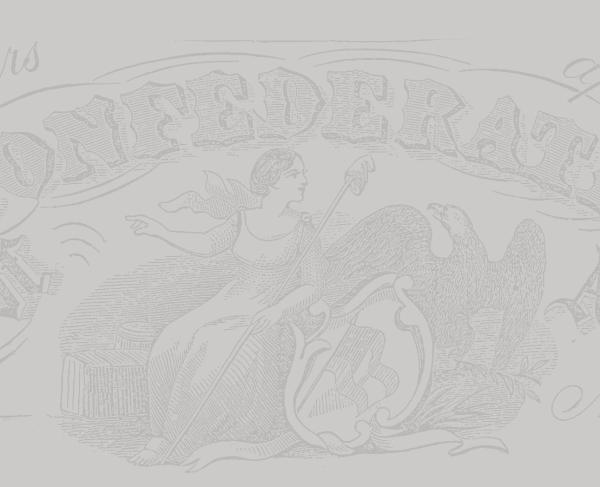Opposing Sherman's Advance to Atlanta

JOSEPH E. JOHNSTON, GENERAL, C.S.A.
The occupation of Dalton by General Bragg had been accidental. He had encamped there for a night in his retreat from Missionary Ridge, and remained because it was ascertained next morning that the pursuit had ceased. Dalton is in a valley so broad as to give ample room for the deployment of the largest American army. Rocky-face, which bounds it on the west, terminates as an obstacle three miles north of the railroad gap, and the distance from Chattanooga to Dalton around the north end exceeds that through the railroad gap less than a mile; and a general with a large army, coming from Chattanooga to attack an inferior one near Dalton, would follow that route and find in the broad valley a very favorable field.
Mr. Davis descants on the advantages I had in mountains, ravines, and streams, and General Sherman claims that those features of the country were equal to the numerical difference between our forces. I would gladly have given all the mountains, ravines, rivers, and woods of Georgia for such a supply of artillery ammunition, proportionally, as he had. Thinking as he did, it is strange that he did not give himself a decided superiority of actual strength, by drawing troops from his three departments of the Cumberland, the Tennessee, and the Ohio, where, according to Secretary Stanton's report of 1865, he had 139,000 men, fit for duty. The country in which the two armies operated is not rugged; there is nothing in its character that gave advantage to the Confederates. Between Dalton and Atlanta the only mountain in sight of the railroad is Rocky-face, which aided the Federals. The small military value of mountains is indicated by the fact that in the Federal attack on June 27th our troops on Kenesaw suffered more than those on the plain.
During the previous winter Major-General Gilmer, chief engineer, had wisely made an admirable base, for our army by entrenching Atlanta.
As a road leads from Chattanooga through Snake Creek Gap to the railroad bridge at Resaca, a light entrenchment to cover 3000 or 4000 men was made there; and to make quick communication between that point and Dalton, two rough country roads were so improved as to serve that purpose.
On the 1st of May I reported to the Administration that the enemy was about to advance, suggesting the transfer of at least a part of General Polk's troops to my command. Then the cavalry with convalescent horses was ordered to the front, Martin's division to observe the Oostanaula from Resaca to Rome, and Kelly's little brigade to join the cavalry on the Cleveland road.
On the 4th the Federal army, including the troops from Knoxville, was at Ringgold. Next day it skirmished until dark with our advanced guard of cavalry. This was repeated on the 6th. On the 7th it moved forward, driving our cavalry from Tunnel Hill, and taking a position in the afternoon in front of the railroad gap, and parallel to Rocky-face--the right a mile south of the gap, and the left near the Cleveland road.
Until that day I had regarded a battle in the broad valley in which Dalton stands us inevitable. The greatly superior strength of the Federal army made the chances of battle altogether in its favor. It had also places of refuge in case of defeat, in the entrenched pass of Ringgold and in the fortress of Chattanooga; while we, if beaten, had none nearer than Atlanta, 100 miles off, with three rivers intervening. General Sherman's course indicating no intention of giving battle east of Rocky-face, we prepared to fight on either side of the ridge. For that object .A. P. Stewart's division was placed in the gap, Cheatham's on the crest of the hill, extending a mile north of Stewart's, and Bate's also on the crest of the hill, and extending a mile south of the gap. Stevenson's was formed across the valley east of the ridge, his left meeting Cheatham's right; Hindman in line with Stevenson and on his right; Cleburne behind Mill Creek and in front of Dalton. Walker's division was in reserve.
Cantey with his division arrived at Resaca that evening (7th) and was charged with the defense of the place. During the day our cavalry was driven from the ground west of Rocky-face through the gap. Grigsby's brigade was placed near Dug Gap, the remainder in front of our right. About 4 o'clock P. M. of the 8th, Geary's division of Hooker's corps attacked two regiments of Reynolds's Arkansas brigade who were guarding Dug Gap, and who were soon joined by Grigsby's brigade on foot. The increased sound of musketry indicated so sharp a conflict that Lieutenant-General Hardee was requested to send Granbury's Texan brigade to the help of our people, and to take command there himself. These accessions soon decided the contest, and the enemy was driven down the hill. A sharp engagement was occurring at the same time on the crest of the mountain, where our right and center joined, between Pettus's brigade holding that point and troops of the Fourth Corps attacking it. The assailants were repulsed, however. The vigor of this attack suggested the addition of Brown's brigade to Pettus's.
On the 9th a much larger force assailed the troops at the angle, and with great determination, but the Federal troops wore defeated with a loss proportionate to their courage. Assaults as vigorous and resolute were made at the same time on Stewart and on Bate, and were handsomely repulsed. The Confederates, who fought under cover, had but trifling losses in these combats, but the Federal troops, fully exposed, must have lost heavily--the more because American soldiers are not to be driven back without severe losses. General Wheeler had a very handsome affair of cavalry near Varnell's Station, the same day, in which he captured 100 prisoners, including a colonel, three captains, five lieutenants, and a standard. General Sherman regarded these actions as amounting to a battle.
Information had been received of the arrival of the Army of the Tennessee in Snake Creek Gap, on the 8th. At night on the 9th General Cantey reported that he had been engaged with those troops until dark. Lieutenant-General Hood was dispatched to Resaca with three divisions immediately. The next morning he reported the enemy retiring, and was recalled, with orders to leave two divisions midway between the two places. Spirited fighting was renewed in and near the gap as well as on the northern front. The most vigorous of them was made late in the day, on Bate's division, and repulsed. At night information was received from our scouts near the south end of Rocky-face, that the Army of the. Tennessee was entrenching in Snake Creek Gap, and next morning reports were received which indicated a general movement of the Federal army to its right, and one report that General McPherson’s troops were moving from Snake Creek Gap toward Resaca. General Polk, who had just reached that place with Loring's division, was charged with its defense.
General Wheeler was directed to move next morning with all the available cavalry around the north end of Rocky-face, to learn if a general movement of the enemy was in progress. He was to be supported by Hindman's division. In this reconnaissance General Stoneman's division of cavalry was encountered and driven back. The information gained confirmed the reports of the day before.
About 10 o'clock A. M. of the 13th the Confederate army moved from Dalton and reached Resaca just as the Federal troops approaching from Snake Creek Gap were encountering Loring's division a mile from the station. Their approach was delayed long enough by Loring's opposition to give me time to select the ground to be occupied by our troops. And while they were taking this ground the Federal army was forming in front of them. The left of Polk’s corps occupied the west face of the entrenchment of Resaca. Hardee's corps, also facing to the west, formed the center. Hood's, its left division facing to the west and the two others to the north-west, was on the right, and, crossing the railroad, reached the Connasauga. The enemy skirmished briskly with the left half of our line all the afternoon.
On the 14th spirited fighting was maintained by the enemy on the whole front, a very vigorous attack being made on Hindman's division of Hood's corps, which was handsomely repulsed. In the meantime General Wheeler was directed to ascertain the position and formation of the Federal left. His report indicating that these were not unfavorable to an attack, Lieutenant-General Hood was directed to make one with Stewart's and Stevenson's divisions, strengthened by four brigades from the center and left. He was instructed to make a half change of front to the left to drive the enemy from the railroad, the object of the operation being to prevent them from using it. The attack was extremely well conducted and executed, and before dark (it was begun at 6 P. M.) the enemy was driven from his ground. This encouraged me to hope for a more important success; so General Hood was directed to renew the fight next morning.
Related Battles
837
600


